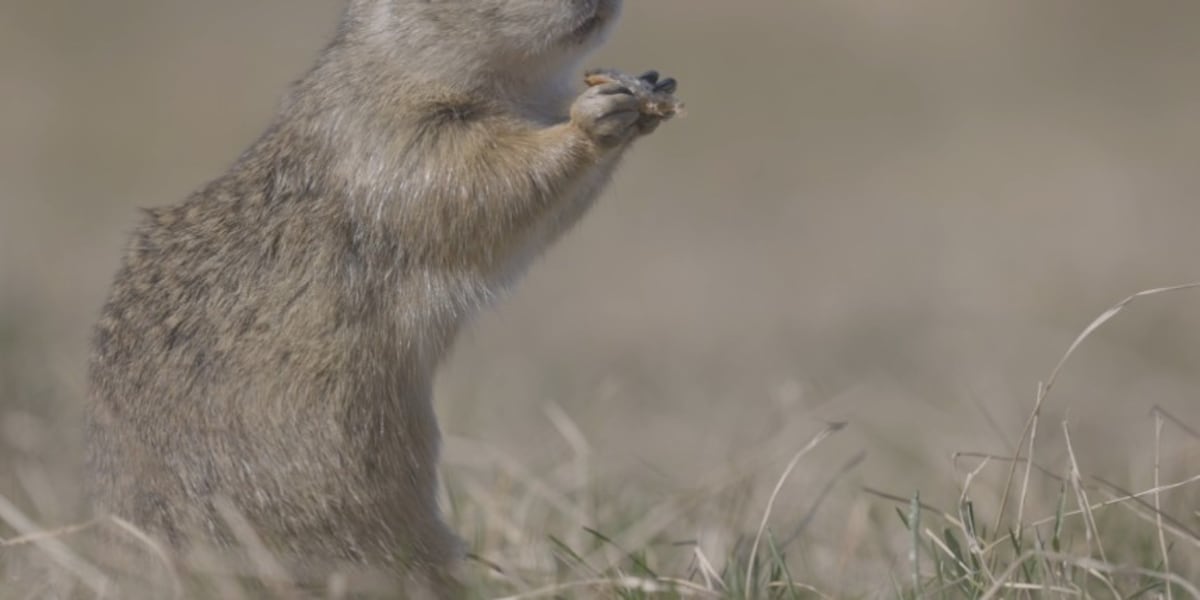MINOT, N.D. (KMOT) – Odds are, if you haven’t encountered dakrats in North Dakota, you probably know someone who has.
The critters, also known as Richardson’s ground squirrels, are booming in our state, with their numbers rising each year.
While exact counts are unclear, pest controllers in Minot report spotting hundreds every day in just one spot, and sometimes up to 700.
These ground squirrels, also known as “dakrats,” thrive in urban areas on the prairie where their predators don’t, a major reason why their population continues to grow.
Joshua Herman with Herman Pest Control in Minot said they typically start to come out by March, and each female can have six pups.
“We certainly see a lot more ground squirrel activity just everywhere in town. It seems like they encroach one colony, if you will, encroaches about another quarter acre a year,” said Herman.
And after seven years of handling all kinds of pests in the city, Herman said this isn’t the first year he’s seen a rise in dakrats. It’s been building for a while.
“Put that across the enormous population we already have; they take over many acres of terrain every year,” said Herman.
Herman said they trap at least 5,000 a year using baits, carbon monoxide and snares in the field.
As far as diseases? Herman said dakrats can carry fleas, ticks and even the plague.
But the biggest risk is the significant damage they do to the terrain, homes and across the city.
“They undermine pavers, streets, roads and culverts. All of that, that’s tax dollar money that has to be spent to repair the damage that they do,” said Herman.
As the calendar rolls to August, Herman said it’s the off-season for these critters now, as they are almost getting ready to hibernate.
But it’s early in the spring when he urges residents to be proactive in controlling them.
“As soon as you see one, that’s the time to really begin to control them. Most of the time, we don’t get called in until the problem is really exploded out of control,” said Herman.
Herman added that they are always trying new methods of control and talking with fellow experts in other states who have seen success.
Herman said there are also ways to trap the critters yourself without needing to hire pest control, but it can be labor-intensive and time-consuming.
Minot Air Force Base has also worked to address the presence of dakrats near base housing.
In a recent post, the base said it had removed thousands of the animals over the past few weeks.
Residents on base are asked to contact Minot AFB Homes at (701) 727-0007 with information on areas of increased activity.
Copyright 2025 KFYR. All rights reserved.
